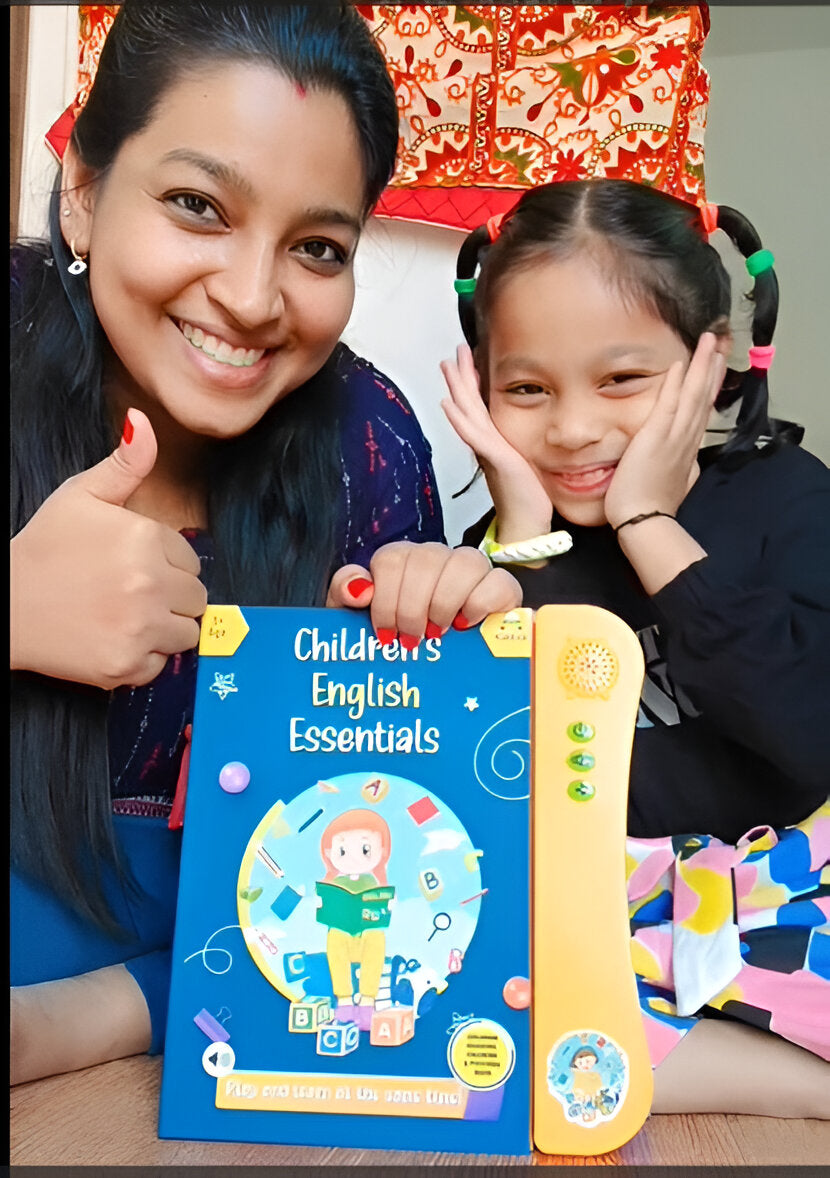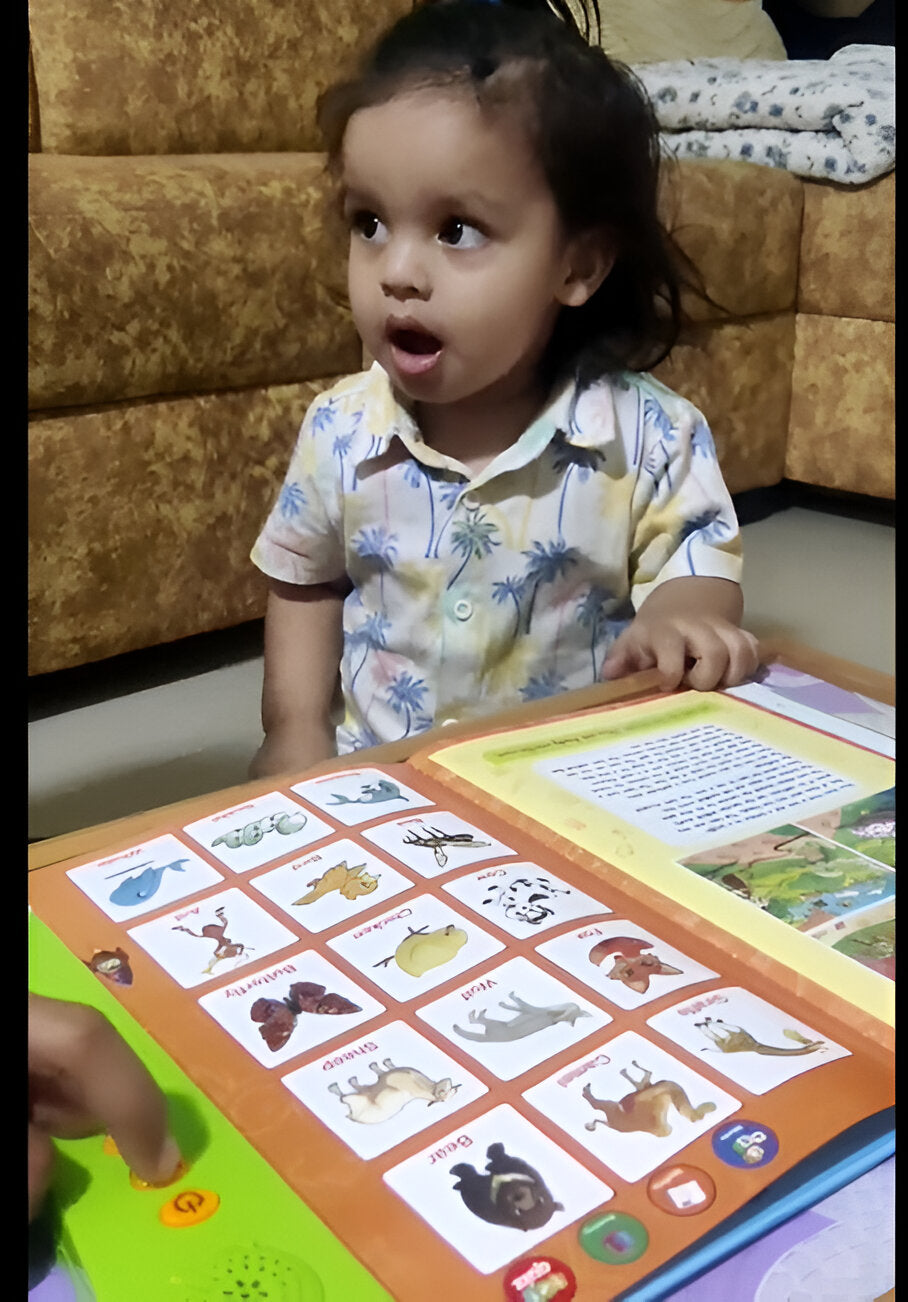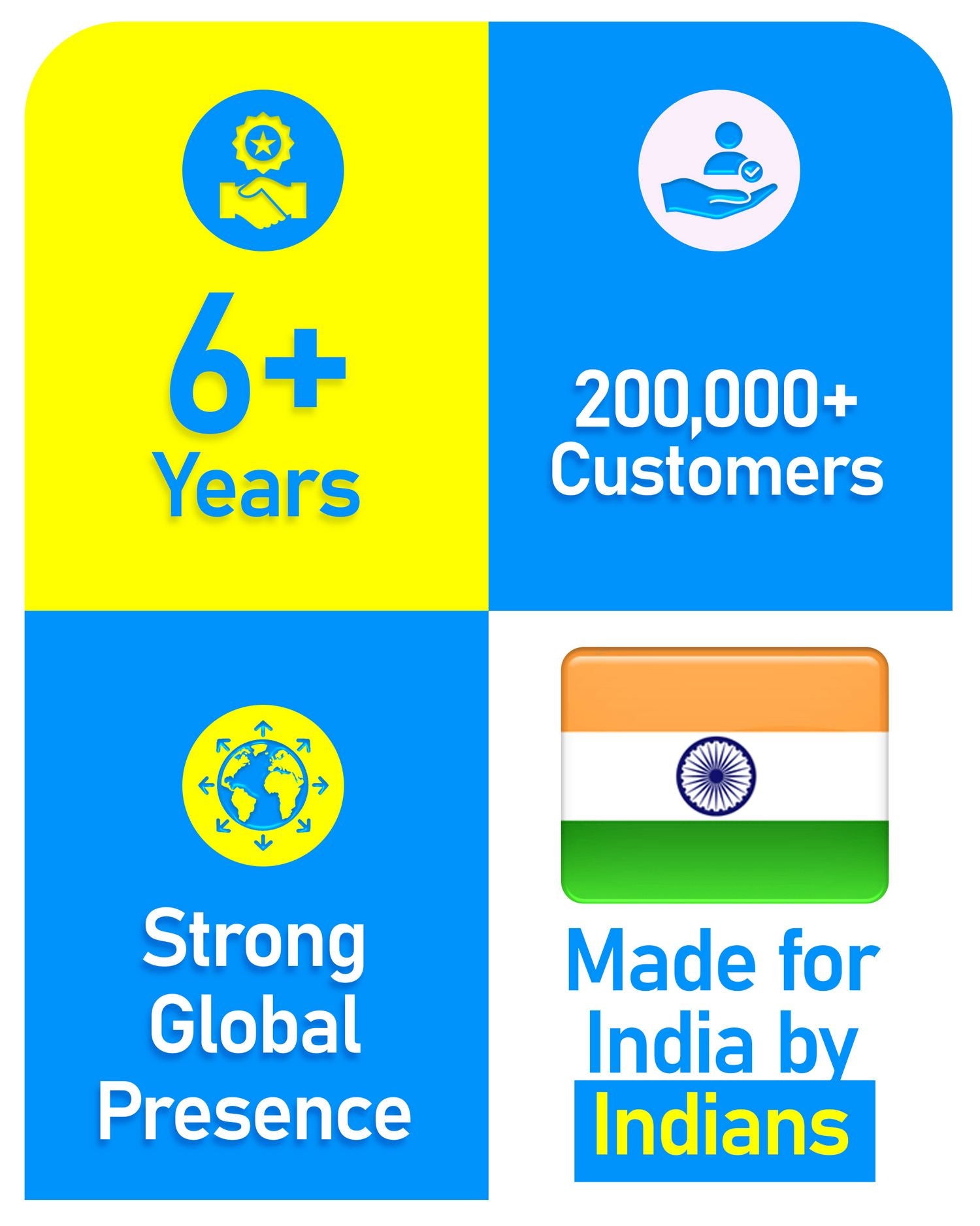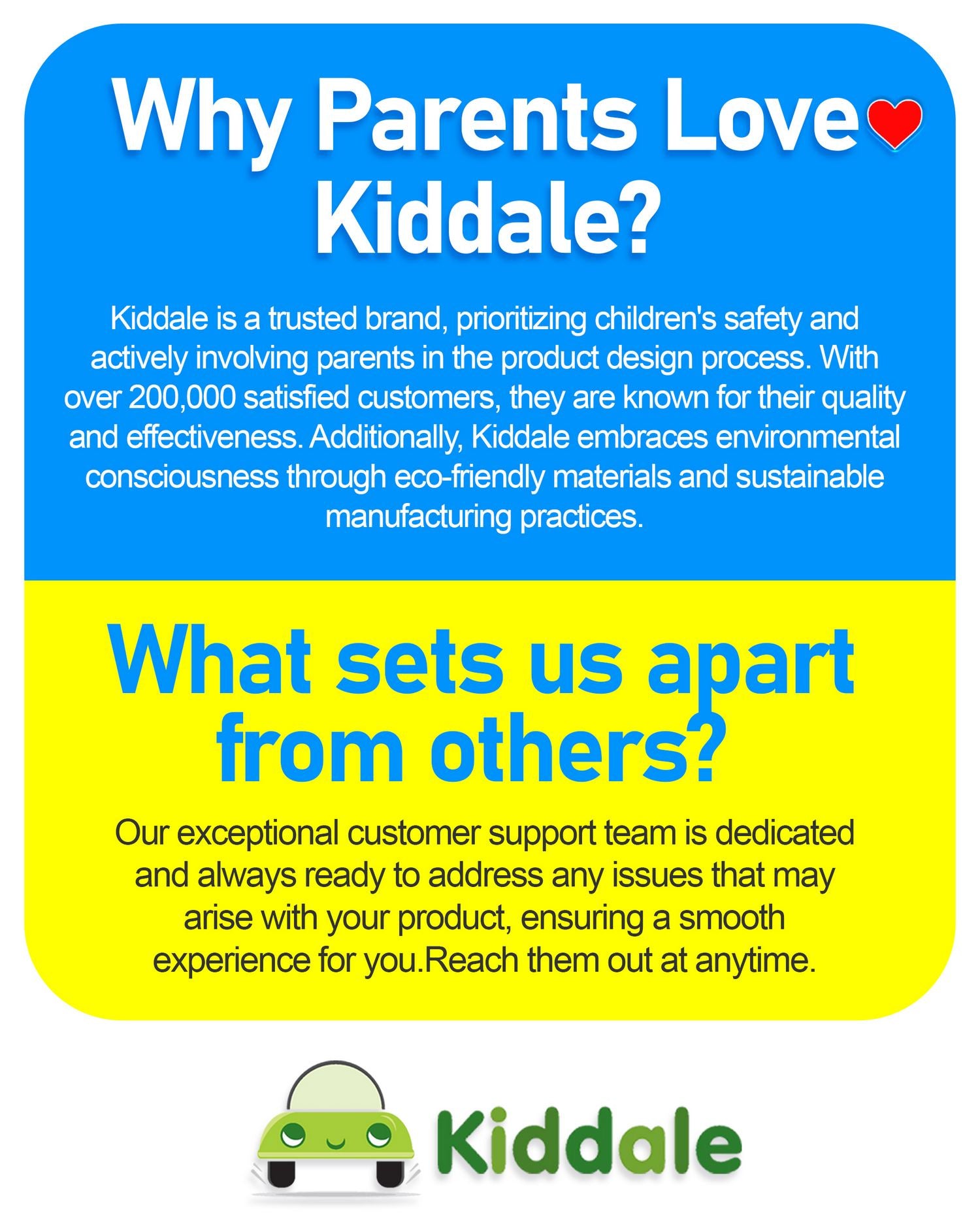

As a new parent, there are countless decisions to make for your baby, and one of the most important ones is choosing the perfect baby feeding bottle. A feeding bottle is a vital tool for parents who choose to bottle-feed their infants, whether with formula milk or breast milk. In this comprehensive guide, we will explore everything you need to know about baby feeding bottles, from the different types available to the factors to consider when making your selection.
Types of Baby Feeding Bottles
When it comes to baby feeding bottles, there is a wide range of options to choose from. The most common types include plastic bottles, glass bottles, and stainless steel bottles. Each type has its own advantages and considerations.
Plastic bottles are lightweight, durable, and typically more affordable than other options. However, it is important to choose bottles that are free from harmful chemicals such as BPA, as these can leach into the milk and pose health risks to your baby. Glass bottles, on the other hand, are a popular choice for parents who prioritize sustainability and want to avoid plastic altogether. They are easy to clean and do not retain odors, but they can be heavier and more fragile than plastic bottles. Stainless steel feeding bottle offer excellent durability and are a great choice for parents who are always on the go. They are also free from harmful chemicals and help keep the milk at the desired temperature for longer.
Factors to Consider When Choosing a Baby Feeding Bottle
Selecting the right baby feeding bottle involves considering various factors that will ensure your baby's comfort and safety during feeding. One crucial factor is the size and shape of the feeding bottle. Babies have different feeding habits, and it's important to choose a bottle that accommodates their needs. Some babies prefer wider bottles that mimic the shape of a breast, while others may prefer narrower bottles that are easier to hold. Additionally, consider the size of the feeding bottle in relation to your baby's age and feeding volume. It is recommended to start with smaller bottles for newborns and gradually increase the size as your baby grows.
Another important consideration is the bottle's compatibility with various nipples. Babies have different preferences when it comes to nipple shape and texture. It is advisable to choose a feeding bottle that offers a variety of nipple options, allowing you to experiment and find the one that your baby is most comfortable with. Additionally, consider the flow rate of the nipple. Newborns typically require slower flow rates to prevent them from choking or overfeeding, while older babies may benefit from faster flow rates.

The Importance of Choosing the Right Size and Shape of Feeding bottle
The size and shape of a baby feeding bottle play a crucial role in ensuring a comfortable feeding experience for your little one. Babies have unique preferences when it comes to feeding, and finding the right size and shape can make a significant difference.
Some babies may prefer wider bottles that resemble the shape of a breast, as it provides a more natural and familiar feel during feeding. These bottles are designed to mimic the mother's breast, which can be especially helpful for babies transitioning from breastfeeding to bottle-feeding. On the other hand, narrower bottles are easier to hold and can be more convenient for parents.
When it comes to size, it is essential to consider your baby's age and feeding volume. Newborns typically require smaller bottles to avoid overwhelming them with too much milk at once. As your baby grows, you can gradually increase the size of the bottle to accommodate their increasing appetite. It is important to note that using an appropriately sized bottle can also help prevent colic and reduce the chances of your baby swallowing air during feeding.
Material Options for Baby Feeding Bottles
When it comes to choosing the material for your baby's feeding bottle, you have several options available. The most common materials used in baby feeding bottles are plastic, glass, and stainless steel. Each material has its own unique characteristics and considerations.
Plastic bottles are lightweight and durable, making them a popular choice for parents. However, it is crucial to select bottles that are free from harmful chemicals such as BPA (Bisphenol A). BPA can potentially leach into the milk and pose health risks to your baby. Look for bottles that are labeled as BPA-free or made from safer materials like polypropylene or silicone.
Glass bottles are an excellent choice for parents who prioritize sustainability and want to avoid plastic altogether. They are easy to clean, do not retain odors, and are free from harmful chemicals. However, glass bottles can be heavier and more fragile than their plastic counterparts, so extra care should be taken when handling and storing them.
Stainless steel feeding bottle offer excellent durability and are a great option for parents who are always on the go. They are lightweight, resistant to breakage, and do not retain flavors or odors. Stainless steel bottles also have the added benefit of keeping the milk at the desired temperature for longer periods, whether warm or cold.

Nipple Options and Flow Rates
When choosing a baby feeding bottle, it is crucial to consider the nipple options and flow rates available. Babies have different preferences when it comes to nipple shape, size, and texture. Finding the right nipple can significantly impact your baby's feeding experience and overall comfort.
Many bottles on the market offer a variety of nipple options, allowing you to choose the one that best suits your baby's needs. Some nipples are designed to mimic the shape and feel of a mother's breast, while others may have a more traditional shape. It is advisable to experiment with different nipple options to see which one your baby prefers.
Flow rates are another crucial factor to consider. Newborns typically require slower flow rates to prevent choking and overfeeding. As your baby grows and becomes more experienced with bottle-feeding, you may need to switch to faster flow rates to accommodate their increased feeding speed. Some bottles offer interchangeable nipples with different flow rates, making it easier to adjust as your baby's needs change.
Features to Look for in a Baby Feeding Bottle
When selecting a baby feeding bottle, there are several features to look for that can enhance your baby's comfort and make feeding easier for you as a parent.
One important feature is an anti-colic system. Colic is a common problem among infants, characterized by excessive crying and discomfort. Anti-colic bottles are designed with special vents or valves that help reduce the amount of air your baby ingests during feeding, thus reducing the risk of colic. Look for bottles that are specifically labeled as anti-colic or have built-in systems to minimize air intake.
Another beneficial feature is a wide-neck design. Bottles with wider openings are generally easier to clean, as they allow for better access and visibility inside the bottle. They also make it easier to pour and measure formula accurately.
Additionally, some bottles come with measurement markings on the side, making it easier for you to keep track of your baby's intake. These markings can be especially helpful for parents who are monitoring their baby's feeding habits or following specific guidelines from healthcare professionals.
Tips for Proper Cleaning and Sterilization
Proper cleaning and sterilization of baby feeding bottle are essential for maintaining your baby's health and safety. Here are some tips to ensure you are effectively cleaning and sterilizing your baby's bottles:
Always wash your hands thoroughly before handling baby feeding bottle and equipment.Disassemble the feeding bottle and remove any remaining milk or formula immediately after each feeding.Rinse all parts of the bottle, including the nipple, bottle, and cap, with warm water to remove any residue.Use a bottle brush and mild dish soap to clean the bottle thoroughly. Pay close attention to the nipple, ensuring all milk residue is removed.Rinse the bottle and all its parts with clean water to remove any soapy residue.To sterilize the feeding bottle, you have several options: boiling, chemical sterilizing solution, microwave steam sterilizer, or electric steam sterilizer. Follow the manufacturer's instructions for the chosen method.Allow the bottles to air dry completely before reassembling them and storing them in a clean, dry place.
By following these tips, you can ensure that your baby's feeding bottles are clean and safe for use.
Transitioning from Breastfeeding to Bottle-Feeding
The transition from breastfeeding to bottle-feeding can be a significant milestone for both you and your baby. Here are some tips to help make the transition as smooth as possible:
Introduce the feeding bottle gradually. Start by offering your baby a feeding bottle of breast milk once a day, preferably at a time when they are not too hungry or fussy.Experiment with different nipple options. Your baby may have a preference for a specific nipple shape or texture. Try different options until you find the one that your baby is most comfortable with.Have someone else feed the baby. Sometimes, babies associate the mother's presence with breastfeeding and may resist taking a feeding bottle from her. Letting someone else, such as your partner or a caregiver, feed the baby can help ease the transition.Be patient and persistent. It may take some time for your baby to adjust to bottle-feeding. Be patient and offer the bottle consistently, even if your baby initially rejects it. Eventually, they will become more familiar and comfortable with the bottle.
Remember, every baby is different, and the transition process may vary. Be flexible and responsive to your baby's needs throughout the transition.
Common Mistakes to Avoid When Using Baby Feeding Bottles
When using baby feeding bottles, it is important to be aware of common mistakes that can affect your baby's health or feeding experience. Avoiding these mistakes can help ensure that your baby receives safe and comfortable feedings:
Overheating the milk: Heating breast milk or formula too much can destroy its nutrients and cause burns to your baby's mouth. Follow the recommended guidelines for warming the milk and always test the temperature before feeding.Not cleaning bottles properly: Inadequate cleaning and sterilization can lead to the growth of harmful bacteria, putting your baby at risk of infections. Always follow proper cleaning and sterilization procedures to maintain a hygienic feeding environment.Using damaged bottles or nipples: Inspect the bottles and nipples regularly for any signs of damage or wear. Cracked or damaged bottles can leak, while damaged nipples can pose a choking hazard. Replace any damaged parts immediately.Ignoring your baby's cues: Babies have different hunger cues and feeding preferences. Pay attention to your baby's cues and feed them accordingly. Overfeeding or underfeeding can lead to digestive issues or poor weight gain.Using the wrong flow rate nipple: Using a nipple with a flow rate that is not suitable for your baby's age and feeding skills can lead to frustration, choking, or overfeeding. Ensure that you are using a nipple with an appropriate flow rate for your baby's needs.
By avoiding these common mistakes, you can provide your baby with a safe and enjoyable feeding experience.
Recommended Baby Feeding Bottles for Different Needs
With numerous baby feeding bottles available on the market, it can be overwhelming to choose the perfect one for your baby. Here are some highly recommended baby feeding bottles for different needs:
Comotomo Baby Bottle: This bottle features a wide-neck design and a naturally shaped nipple that closely mimics breastfeeding. It is made from high-quality silicone that is safe, easy to clean, and comfortable for babies to hold.
Dr. Brown's Natural Flow Bottle: Known for its innovative anti-colic system, this bottle helps reduce colic, gas, and reflux. It has a unique venting system that prevents air bubbles from mixing with the milk, minimizing discomfort during feeding.
Tommee Tippee Closer to Nature Bottle: This bottle is designed to be breast-like, with a wide nipple that promotes a natural latch. It has an anti-colic valve to reduce air ingestion and is available in various sizes to accommodate your baby's feeding needs.
Philips Avent Natural Baby Bottle: Featuring a wide, breast-shaped nipple, this bottle encourages a natural latch and smooth transition between breastfeeding and bottle-feeding. It has an anti-colic valve and is made from BPA-free materials.
Remember that every baby is unique, and what works for one may not work for another. Consider your baby's preferences and needs when selecting the right feeding bottle.
Conclusion
Choosing the perfect baby feeding bottle is an important decision that can greatly impact your baby's feeding experience and overall well-being. By considering factors such as bottle type, size and shape, material options, nipple choices, and features, you can make an informed decision that ensures your baby's comfort and safety during feeding.
Remember to properly clean and sterilize your baby's bottles, avoid common mistakes, and be patient during the transition from breastfeeding to bottle-feeding. With the right baby feeding bottle, you can provide your baby with a nourishing and enjoyable feeding experience.
CTA: For more information on baby essential products, visit our website www.kiddale123.com.
FAQ
Question 1: What types of baby feeding bottles are available and what are their advantages?
Answer: There are three main types of baby feeding bottles:
1. Plastic bottles: These are lightweight, durable, and typically more affordable. However, it's crucial to choose bottles free from harmful chemicals like BPA.
2. Glass bottles: These are popular for parents prioritizing sustainability. They're easy to clean and do not retain odors, but can be heavier and more fragile.
3. Stainless steel bottles: These offer excellent durability and are great for parents always on the go. They help keep milk at the desired temperature for longer.
Question 2: What should I consider when choosing a baby feeding bottle?
Answer: When choosing a baby feeding bottle, consider the following factors:
1. Size and shape of the bottle: Some babies prefer wider bottles that mimic a breast, while others may prefer narrower bottles that are easier to hold.
2. Bottle's compatibility with various nipples: Babies have different preferences when it comes to nipple shape and texture. Choose a bottle that offers a variety of nipple options.
3. Flow rate of the nipple: Newborns typically require slower flow rates to prevent choking or overfeeding, while older babies may benefit from faster flow rates.
Question 3: What are some common mistakes to avoid when using baby feeding bottles?
Answer: Some common mistakes to avoid are:
1. Overheating the milk: Overheating can destroy nutrients and cause burns.
2. Not cleaning bottles properly: Inadequate cleaning and sterilization can lead to harmful bacteria growth.
3. Using damaged bottles or nipples: Damaged bottles can leak, and damaged nipples can pose a choking hazard.
4. Ignoring your baby's cues: Overfeeding or underfeeding can lead to digestive issues or poor weight gain.
5. Using the wrong flow rate nipple: This can lead to frustration, choking, or overfeeding.
Question 4: How can I make the transition from breastfeeding to bottle-feeding smoother for my baby?
Answer: Here are some tips for a smoother transition:
1. Introduce the bottle gradually: Start by offering your baby a bottle of breast milk once a day.
2. Experiment with different nipple options: Your baby may have a preference for a specific nipple shape or texture.
3. Have someone else feed the baby: Babies may associate the mother's presence with breastfeeding and may resist taking a bottle from her.
4. Be patient and persistent: It may take some time for your baby to adjust to bottle-feeding. Be patient and offer the bottle consistently.

















